November 2017

The poetic conversation between Vāsiṣṭha-gaṇapati-muni and Ambikā-datta that took place at the conference of scholars—‘paṇḍita-goṣṭhi’—at Nava-dvīpa (Nadia) is a good example for the genre of dialogue-poetry.
Vāsiṣṭha-gaṇapati, who was then a young lad of twenty-two, went to participate in the extempore poetry—‘āśukavitā’—competition in Nava-dvīpa, following the advice of Śivakumāra, the great scholar of Kāśi. There, Gaṇapati was trying to find...
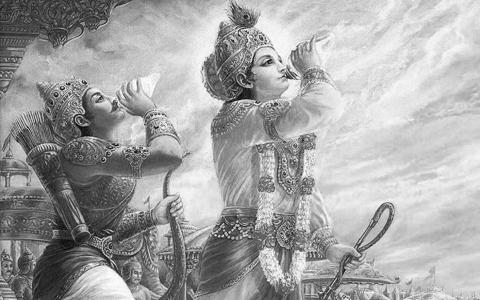
With this part, we conclude the translation series of the preface to Vacanabhārata. The current article describes the literary approach of AR Krishna Sastri in composing the prose rendition of the Mahābhārata in Kannada. Drawing inspiration from his approach, the current translators, Arjun Bharadwaj and Hari Ravikumar are working on bringing out a prose rendition of the Mahābhārata in English.
The article also contains some autobiographical...

Dialogue-poetry was not restricted to scintillating exchanges among scholars in India. Though rare, there are instances where this form of dialogue took place with foreigners as well. The current example captures an episode that is more morose than cheerful.
As India was losing its sovereignty to the British, William Bentinck, who rose up to become the Governor General of British India, laid the foundation for an English education that was...
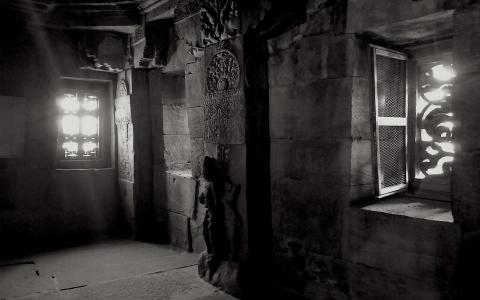
Dharmaprakasha Sajjan Rao's [i] home named, “Lakshmi Nivasa” is located opposite the North East side of the Venkataramana Swamy Temple at the Bangalore Fort. The verandah of that house sported the photographs of some Sadhus and Sants. Among these photographs was that of an Avadhoota[ii] named Mahadeva Sastri.
Although I have seen Mahadeva Sastri, I don’t know much about his life. I have enquired at numerous places to learn more about him but...

It was on the twenty-sixth day of November, 1949 that India gave unto herself the Constitution; indeed a historical event for all Indians. We celebrate it as the Samvidhan Divas (Constitution Day of India) every year. The Constitution of India is one of the most detailed and lengthy constitutions in the world. To its great credit, it did not limit itself to merely the skeletal aspects of the administrative setup of the Union and the States, but...
Prekshaa Journal in association with Wise Words takes immense pleasure to announce the launch of its maiden publication, "Stories Behind Verses," the English translation of Shatavadhani Dr. R Ganesh's acclaimed Kannada work "Kavithegondu Kathe" on 3 December 2017 at the Indian Institute of World Culture, Bangalore. The Chief Guest for the event is Smt Sudha Murty.
Details of the event are given in the invite below. Entry is free and open to the...
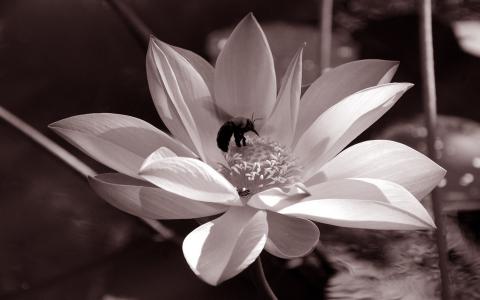
The contribution of Kerala to Sanskrit literature is tremendous. Just recalling the name of Śrī Śaṅkarācārya is enough to evoke in our minds the vast magnitude of the literary contribution from Kerala. The state had a unique setup, where anyone could learn Sanskrit irrespective of their caste or creed, and such indeed is the outlook of sanātana-dharma. Women in particular used to be trained in Sanskrit. One such Sanskrit scholar was Manoramā...
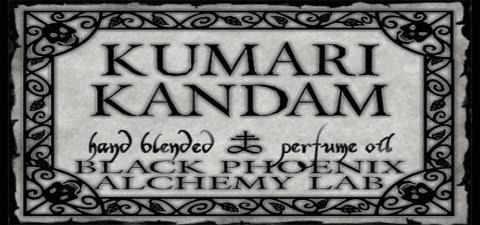
An Advisory Committee was formed by the Government to document and publish “The Official History of the Tamils” in ten volumes. It doesn’t need to be explicitly stated that the Government exercised utmost care in selecting the members. Dr. BGL Swamy recalls that Tamil writers like Cheeni Venkataswami, Pandit Natesan and others were part of the committee. The history lecturer of Presidency College and two or three lecturers teaching other...
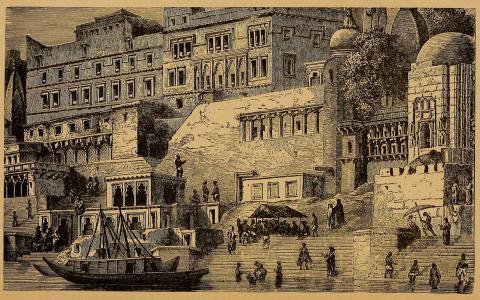
Sarisava, a village near Amarāvatīpura of the Mithila province, was home to several erudite poets in the past. Mahāmahopādhyāya Bhavanātha-miśra, who lived in Sarisava in the latter half of the fifteenth century, was a great scholar, a connoisseur of the arts, and a gifted poet. Just like him, his son Śaṅkara-miśra was a polymath and a poet. Śaṅkara was a scholar of the four śāstras: pada-vākya-pramāṇa-vedānta and wrote several works on these,...
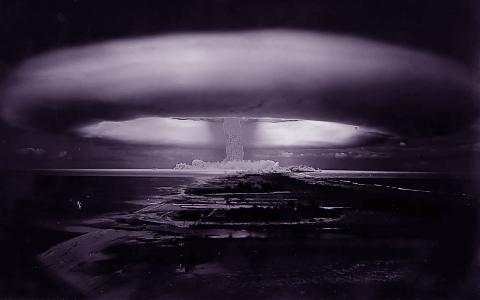
The primary characteristics of the modern world are material wealth and individual freedom [c. 1950]. Today, an individual desires to be independent as much as possible. However, in practice, he seems to think that he should not have anything binding him, he will not pay heed to anyone’s words, and he would like to do whatever he desires without anyone questioning him—this has been the result. There is a loosening of the various relationships,...
